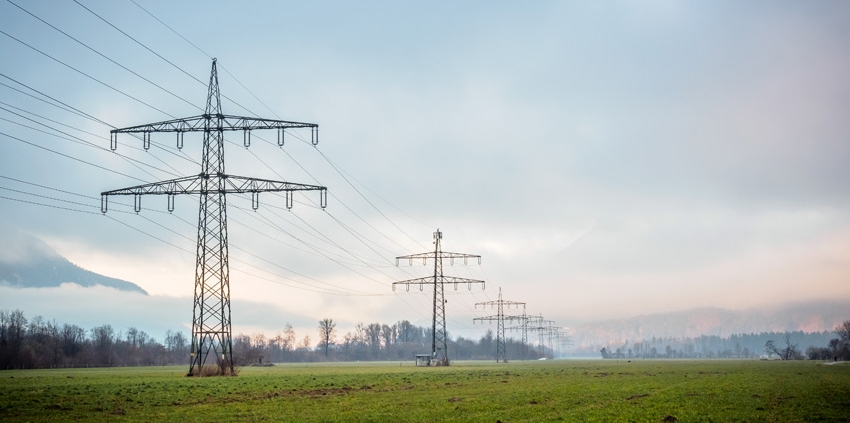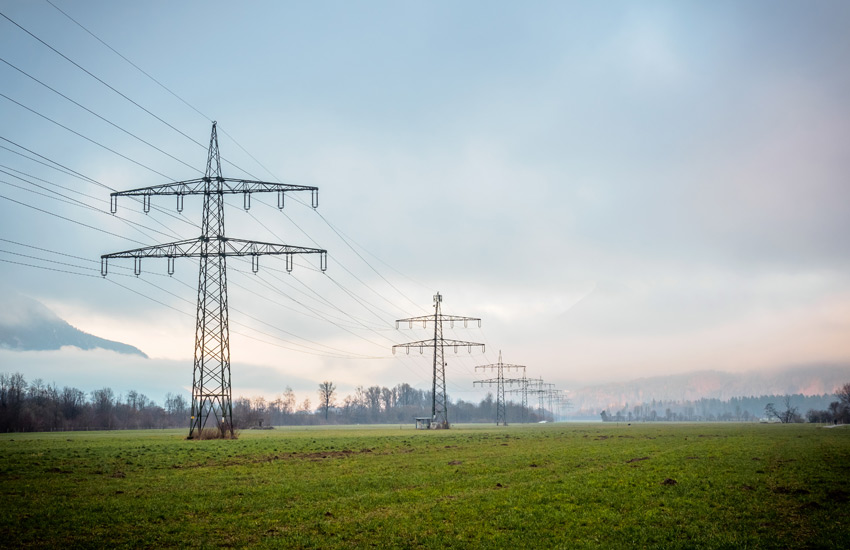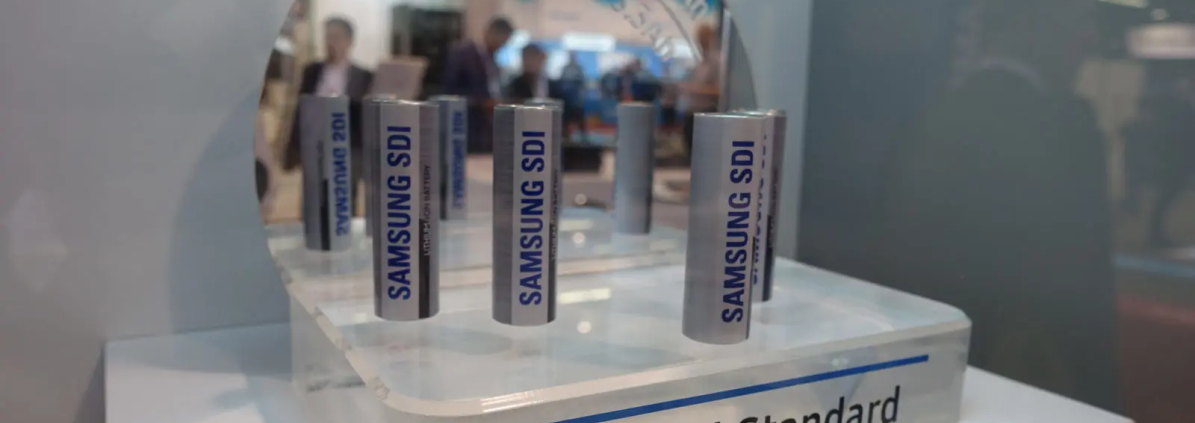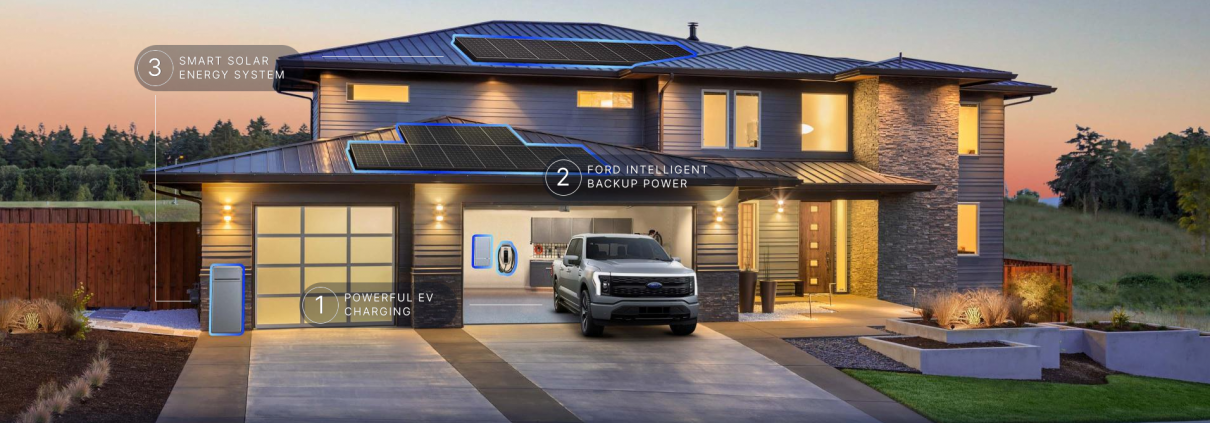Safest – ZRGP’s Mate (LFP) Passed the UL9540A test
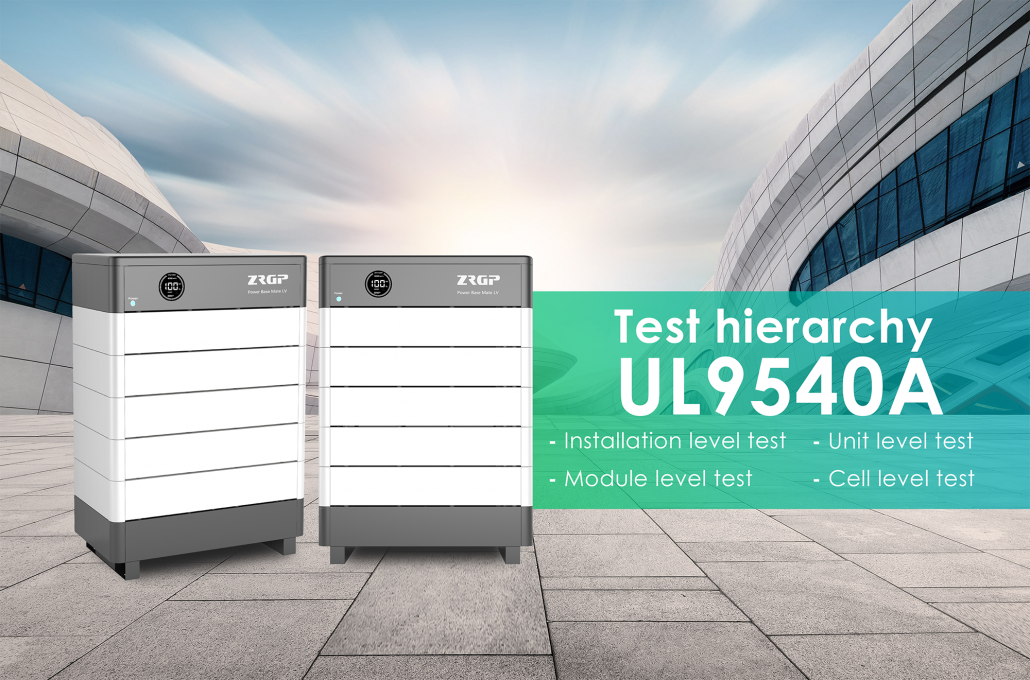
ZRGP is pleased to announce passing UL 9540A test at the cell, module, and system level, which means that Mate, ZRGP’s home energy storage system, has reached the highest international standard level in terms of safety and reliability. The passing of this test will help its business to grow globally.
What Is UL9540A?
Based on high standards of international certification, reliable R&D strength, and scientific technology training, ZRGP is committed to providing customers with the safest, most economical, and most efficient energy storage systems.
The UL9540A test standard is a test method proposed by UL to evaluate the spread of large-scale thermal runaway fires in electrochemical energy storage systems and has become a landmark industry standard.
In doing so, ZRGP has demonstrated that its product meets the industry’s highest standards for safety and fire prevention.
There are 4 stages in the UL9540A test method:
– CELL LEVEL TEST
At this level, UL looks at whether a cell can exhibit thermal runaway. It also checks its characteristics and flammability.
– MODULE-LEVEL TEST
In this stage, the main goal is to determine if thermal runaway propagates with the module. They will also find out the heat release and gas composition.
– UNIT-LEVEL TEST
Now they will look at the whole unit and see the following. Firstly, they find out how quickly fire spreads. Then they will look for its heat and gas release rates and other hazards.
– INSTALLATION LEVEL TEST
Lastly, they do an installation test. This is an optional test, but its goal is to determine how effective the product’s fire protection is.
ZRGP PowerBase Mate
As a ZRGP UL9540A – certified BESS home energy storage system, Mate is our most classic product, featuring a modular LV design, LFP cells, 6000 cycle life, and scalability to meet the needs of businesses and homes of all sizes.
- Between 2 to 8 battery modules can be used in single stack to give 10.24 to 40.96kWh usable capacity;
- Up to 15 stacks can be connected in parallel to give a maximum 614.4kWh usable capacity;
- Additional modules or parallel stacks can be added at any time to increase capacity.

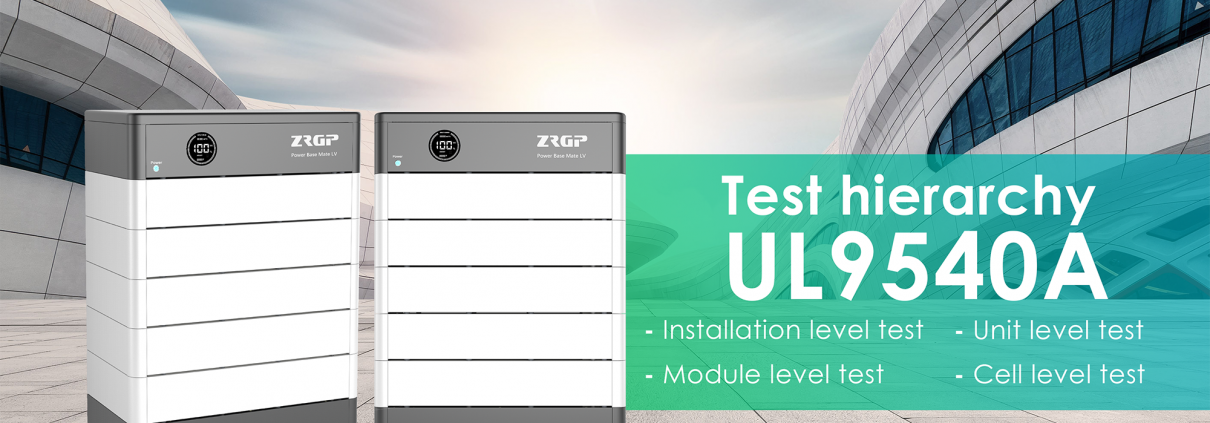
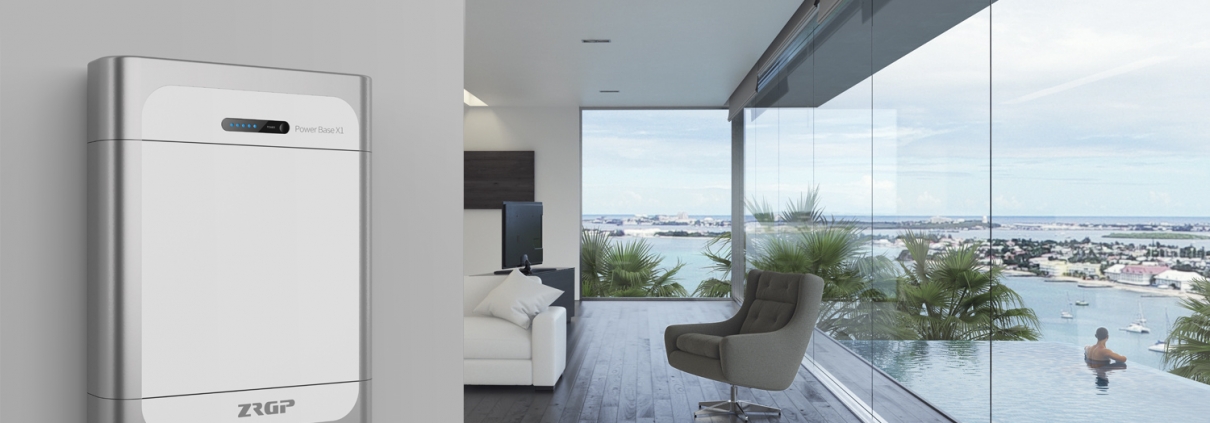
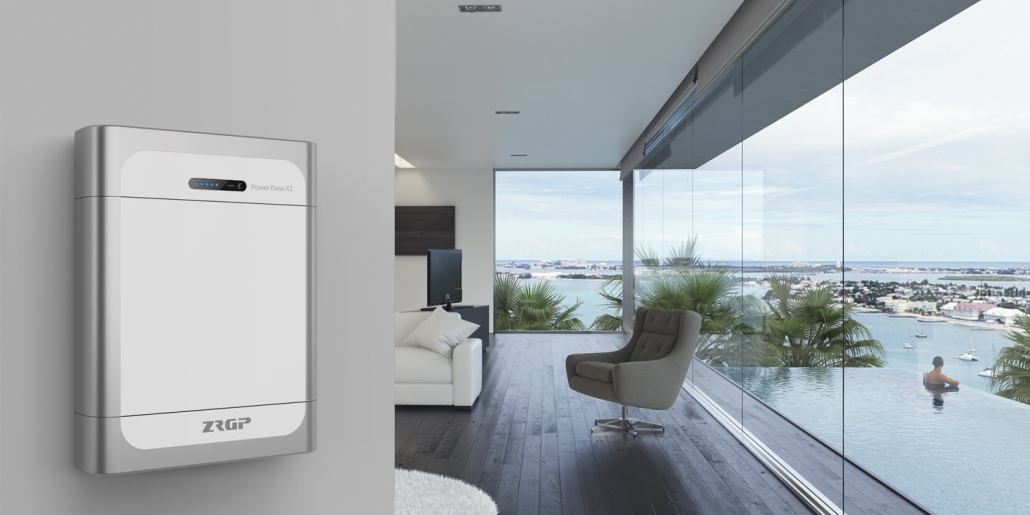
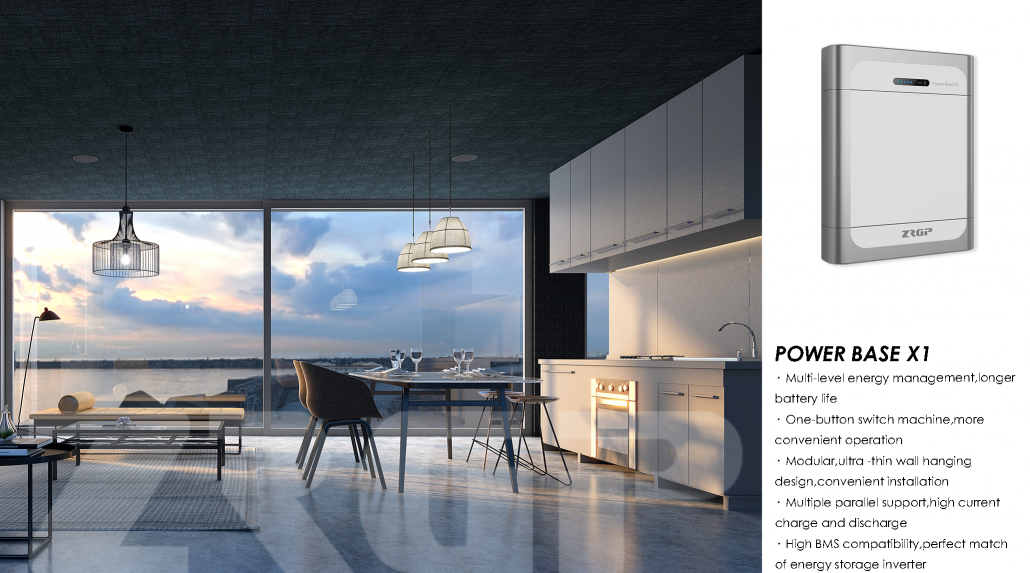
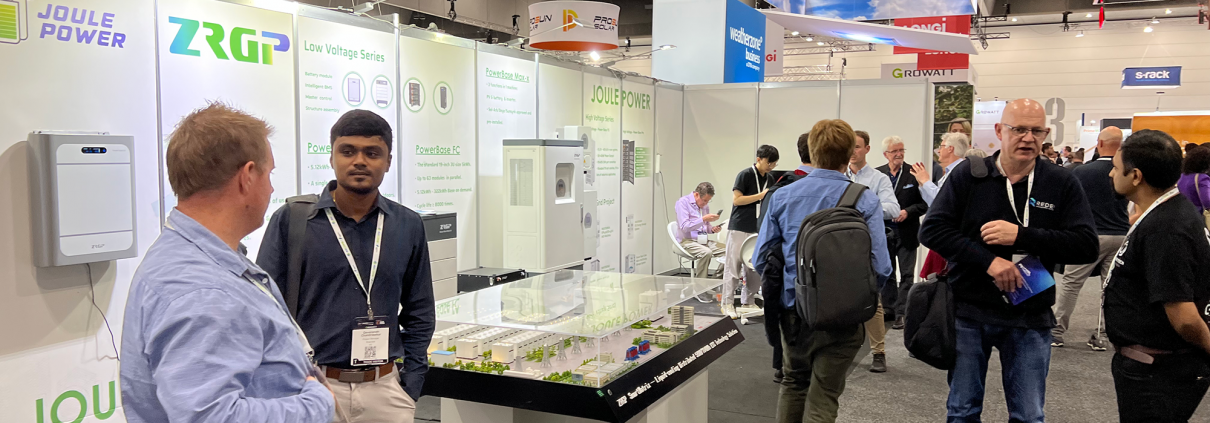
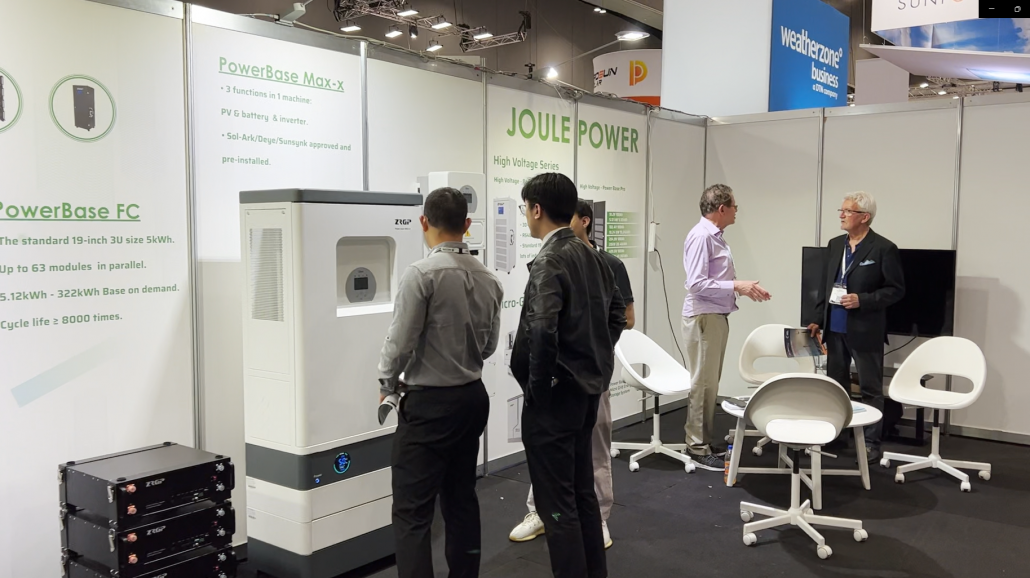
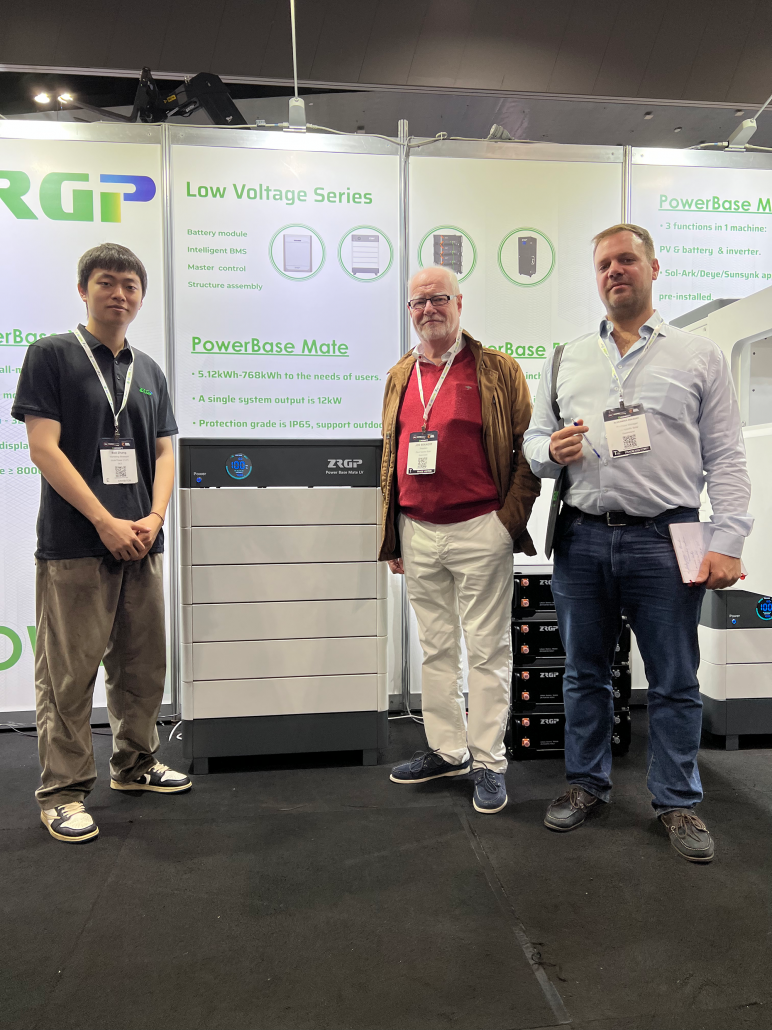
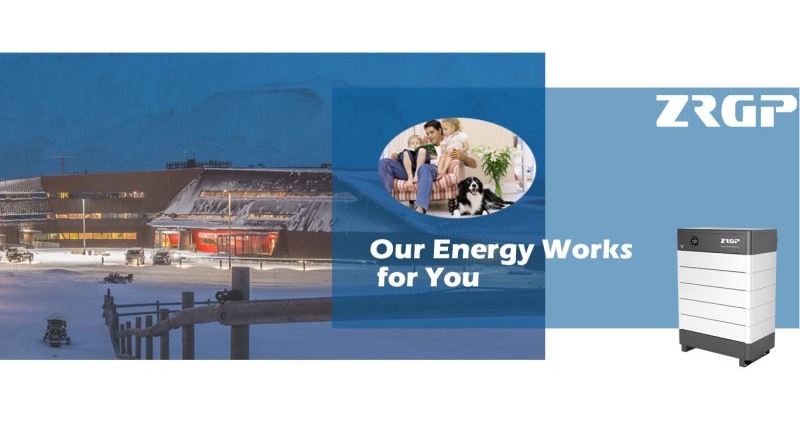
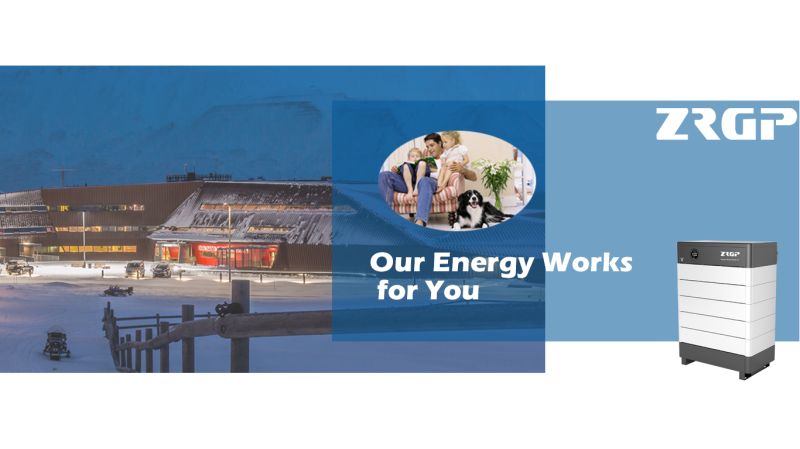 A big day for ZRGP as our
A big day for ZRGP as our 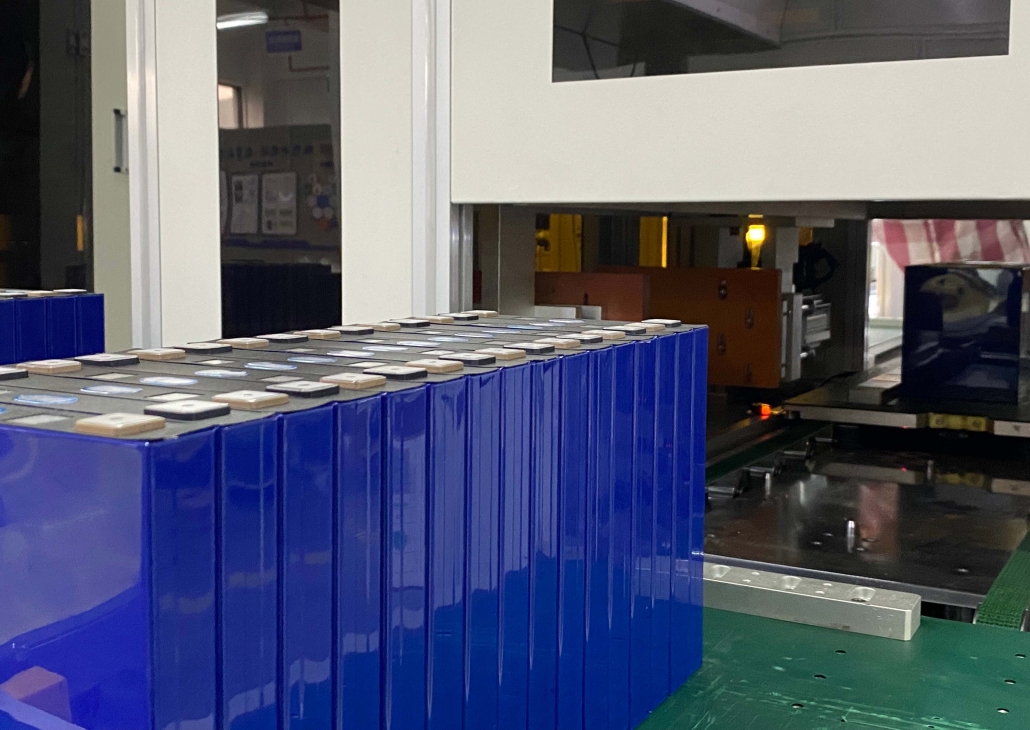
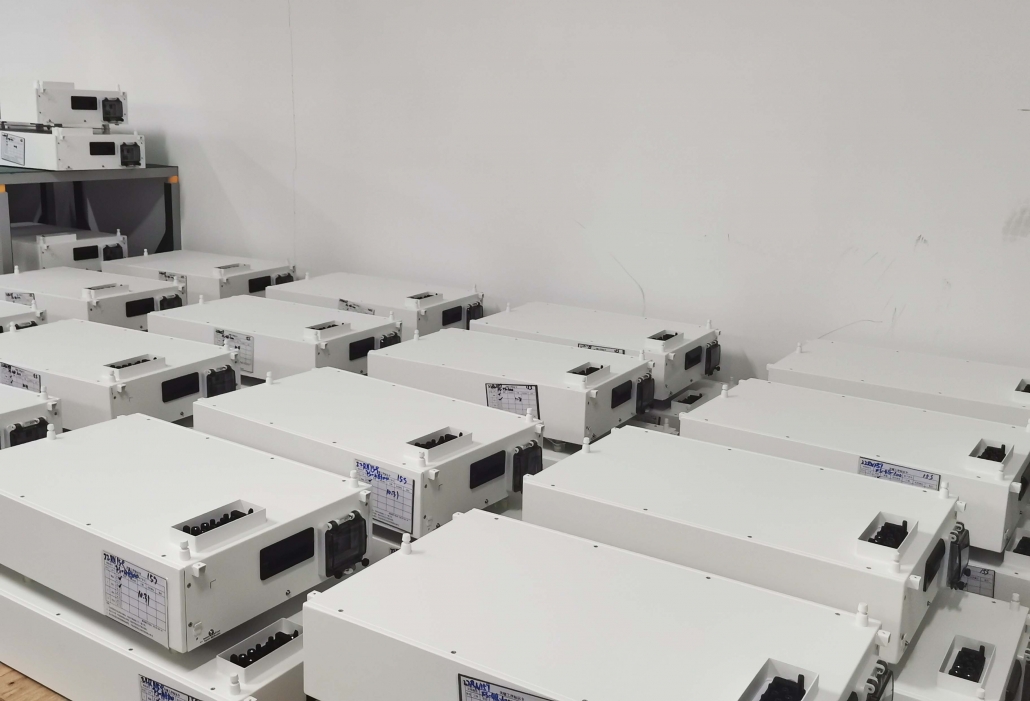
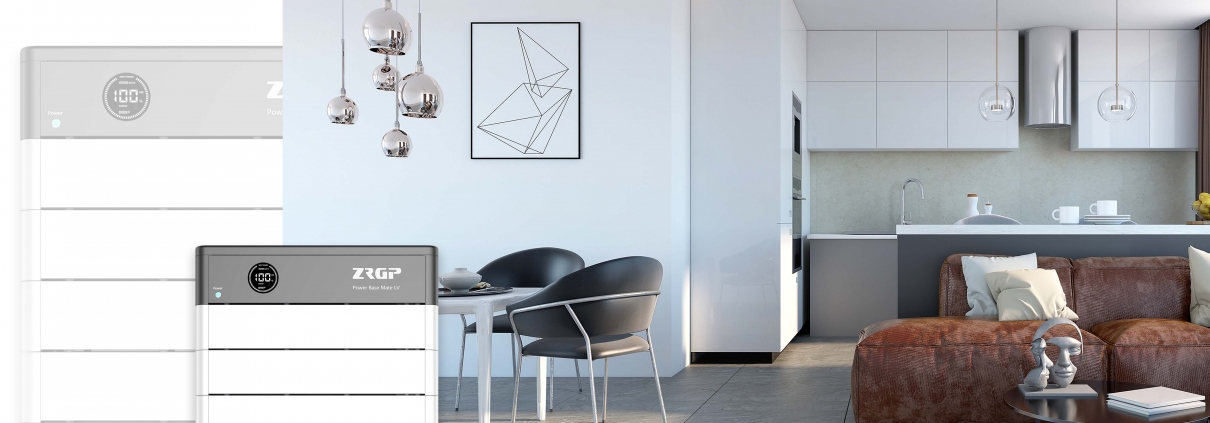
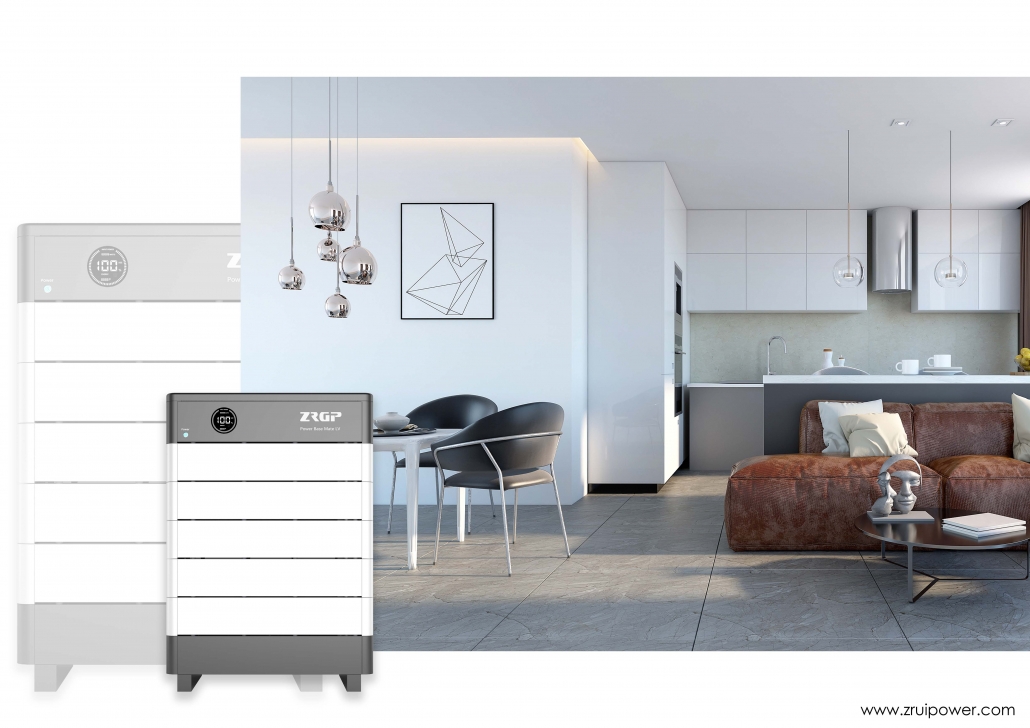

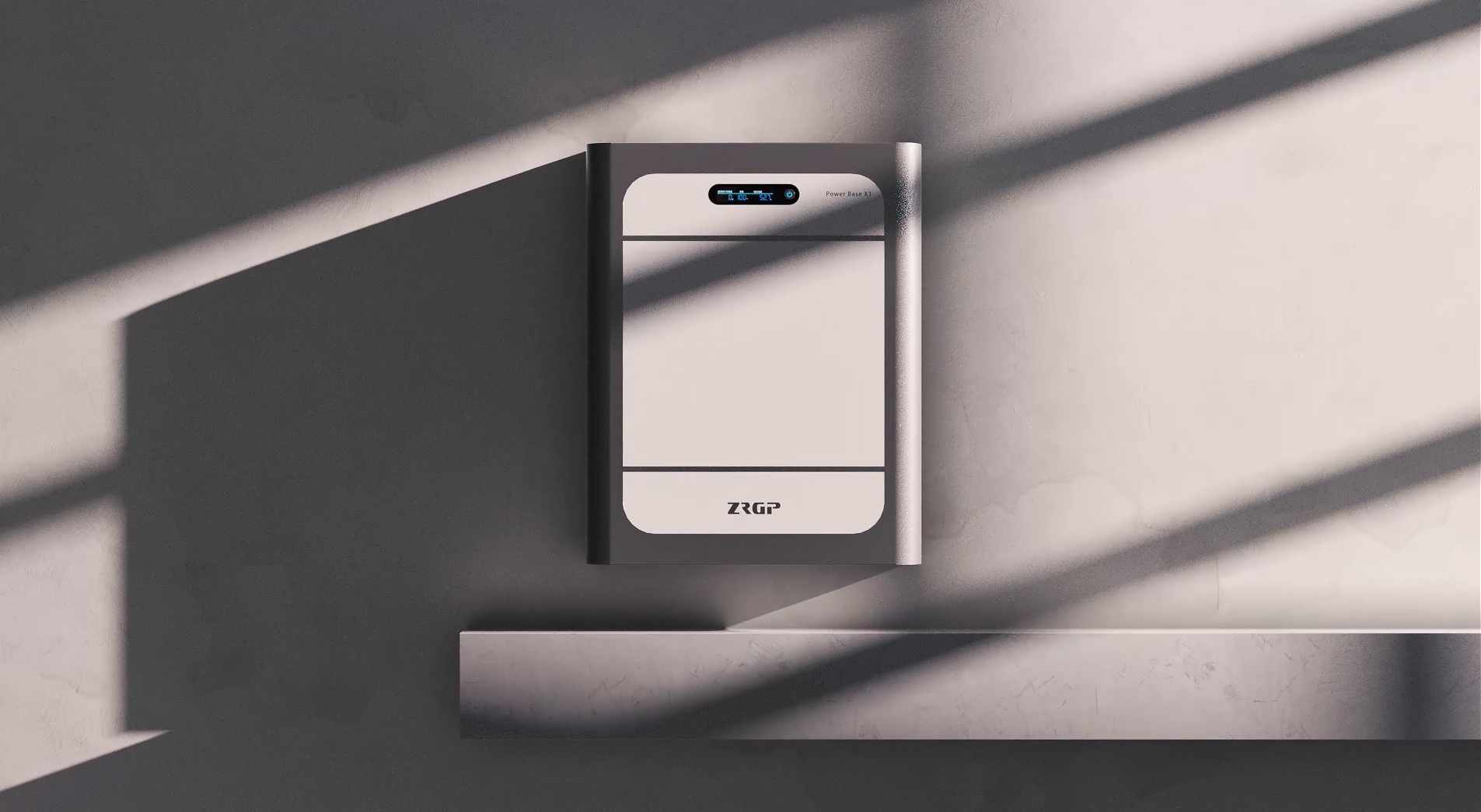 Rooftop solar systems enable homeowners to produce affordable and renewable energy to power their homes. However, due to grid safety protocol, a solar system, unfortunately, cannot provide energy to the home during a power outage. That’s where
Rooftop solar systems enable homeowners to produce affordable and renewable energy to power their homes. However, due to grid safety protocol, a solar system, unfortunately, cannot provide energy to the home during a power outage. That’s where 